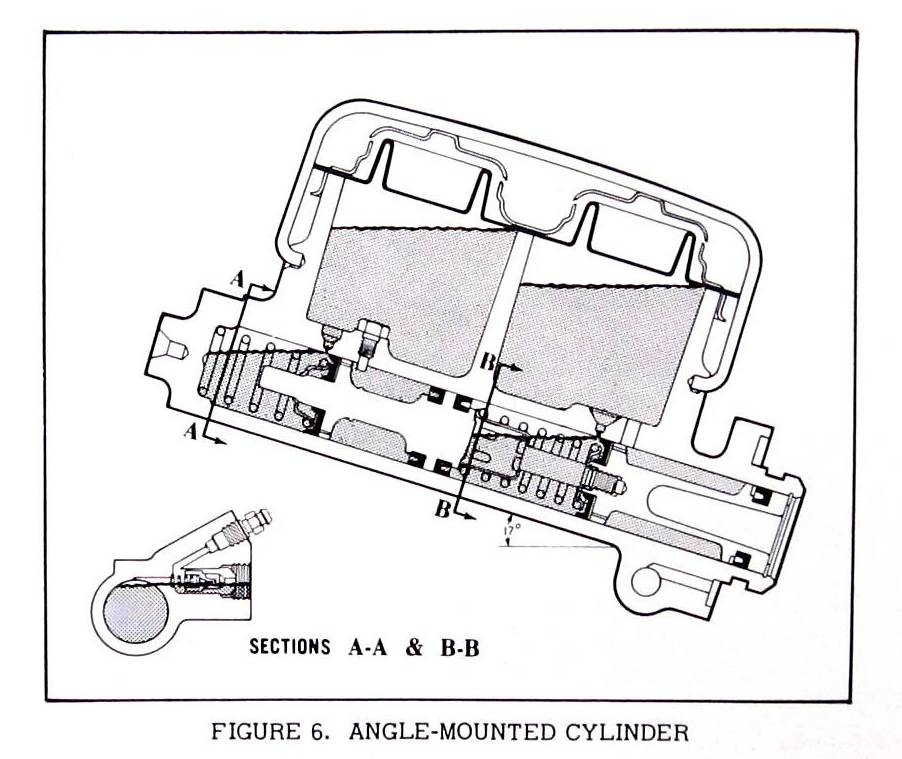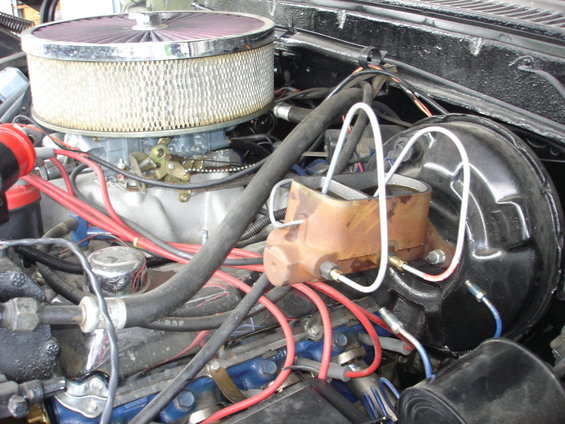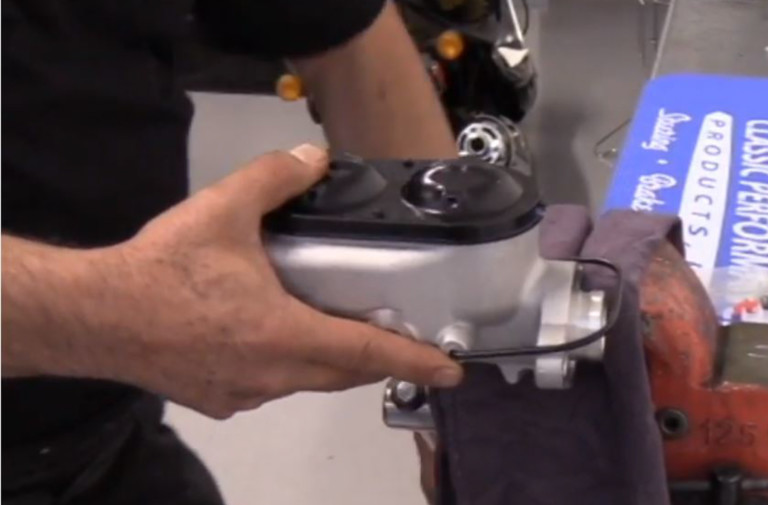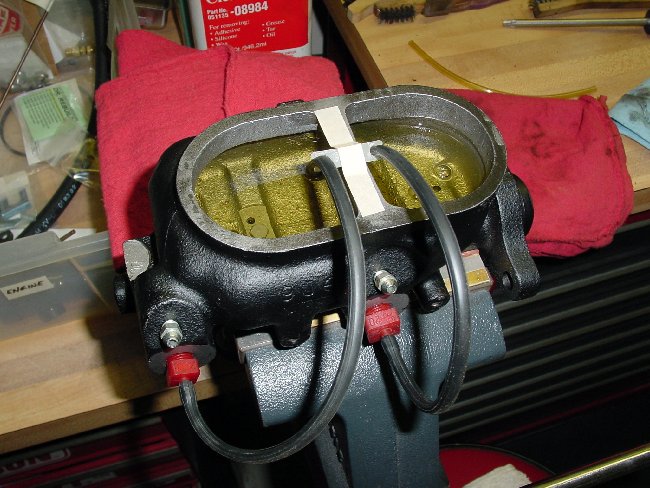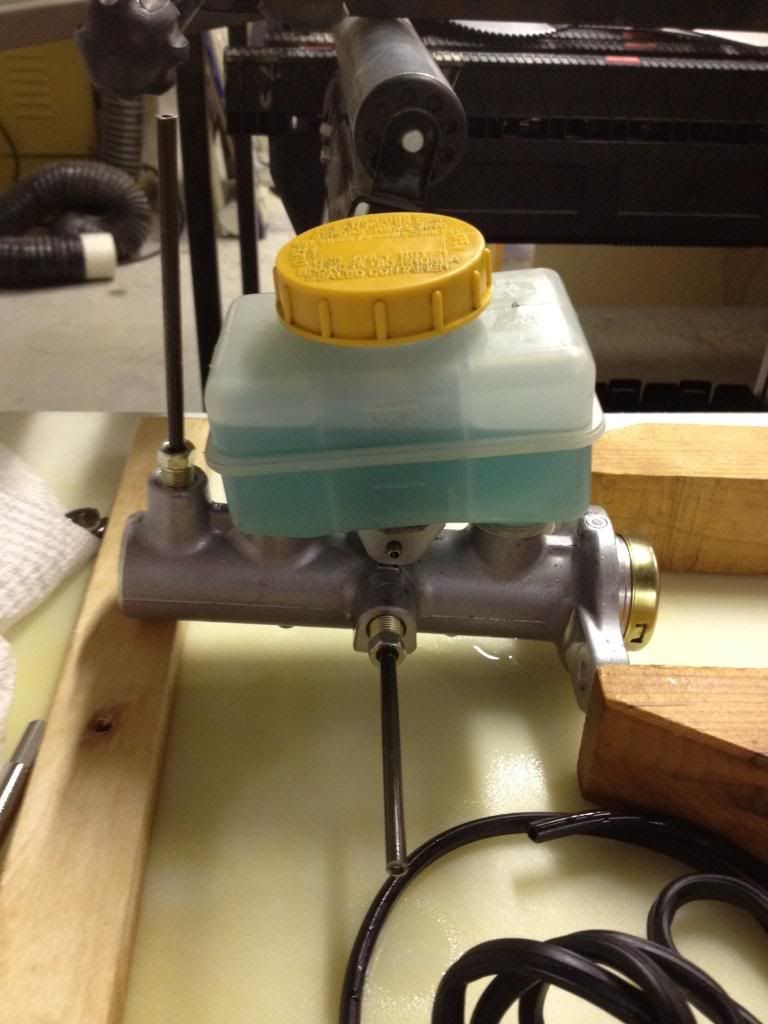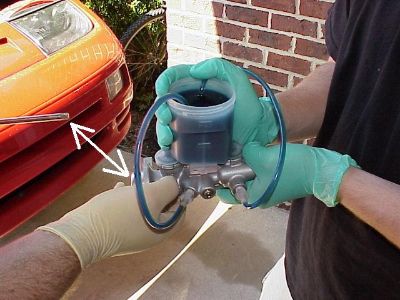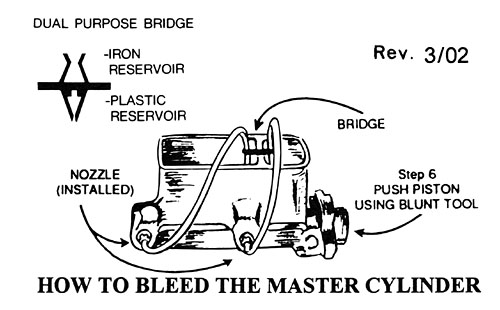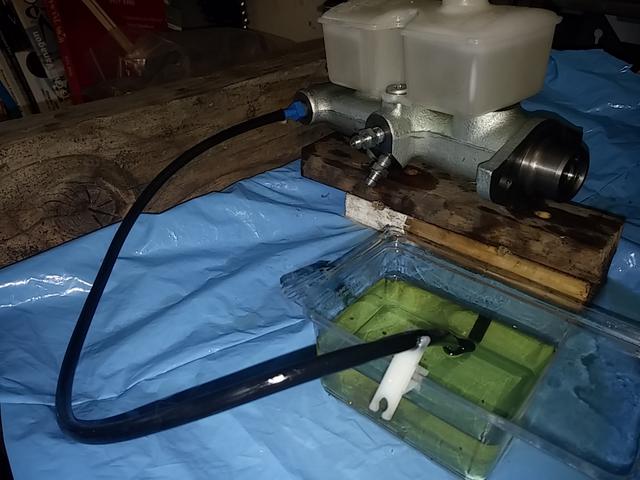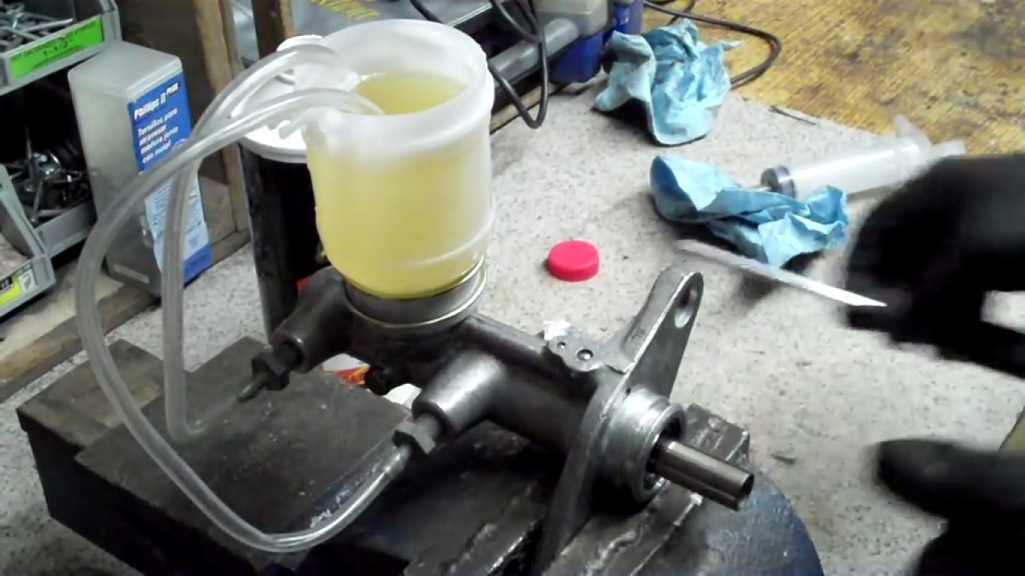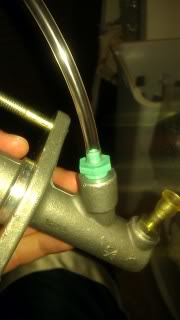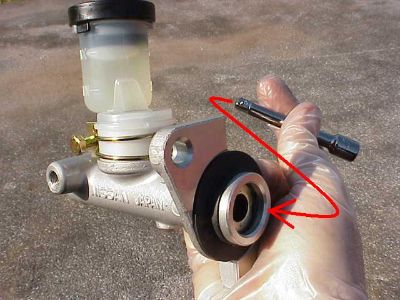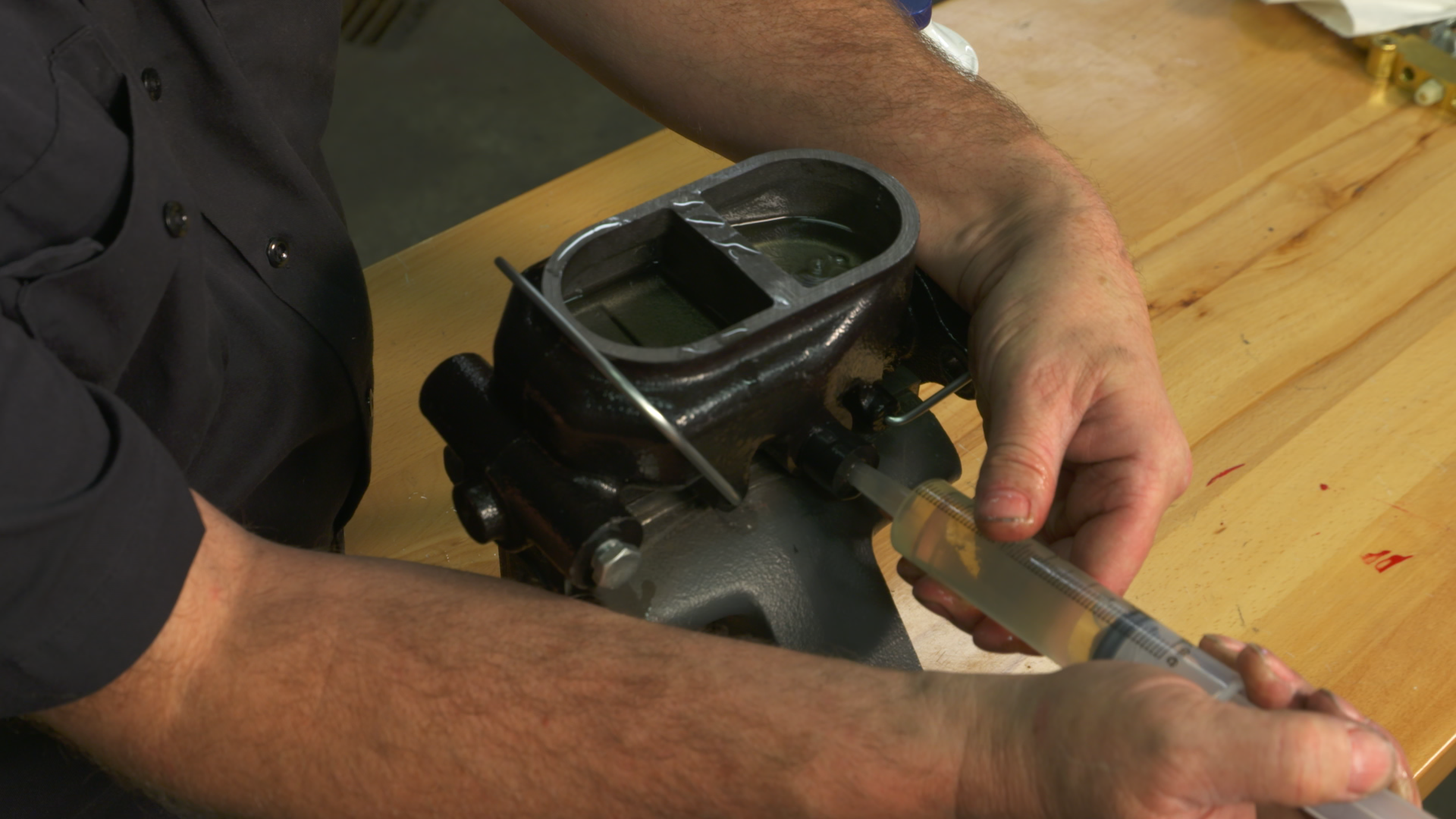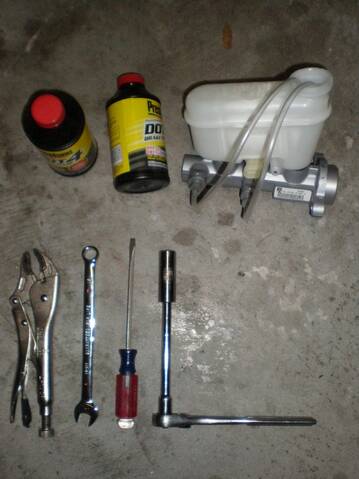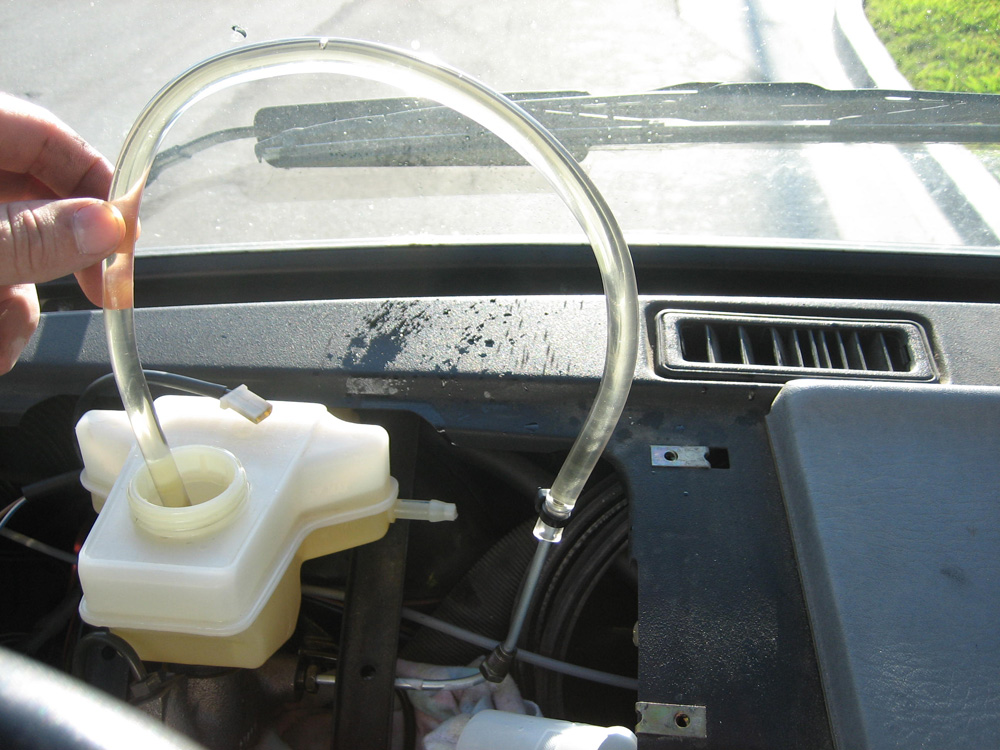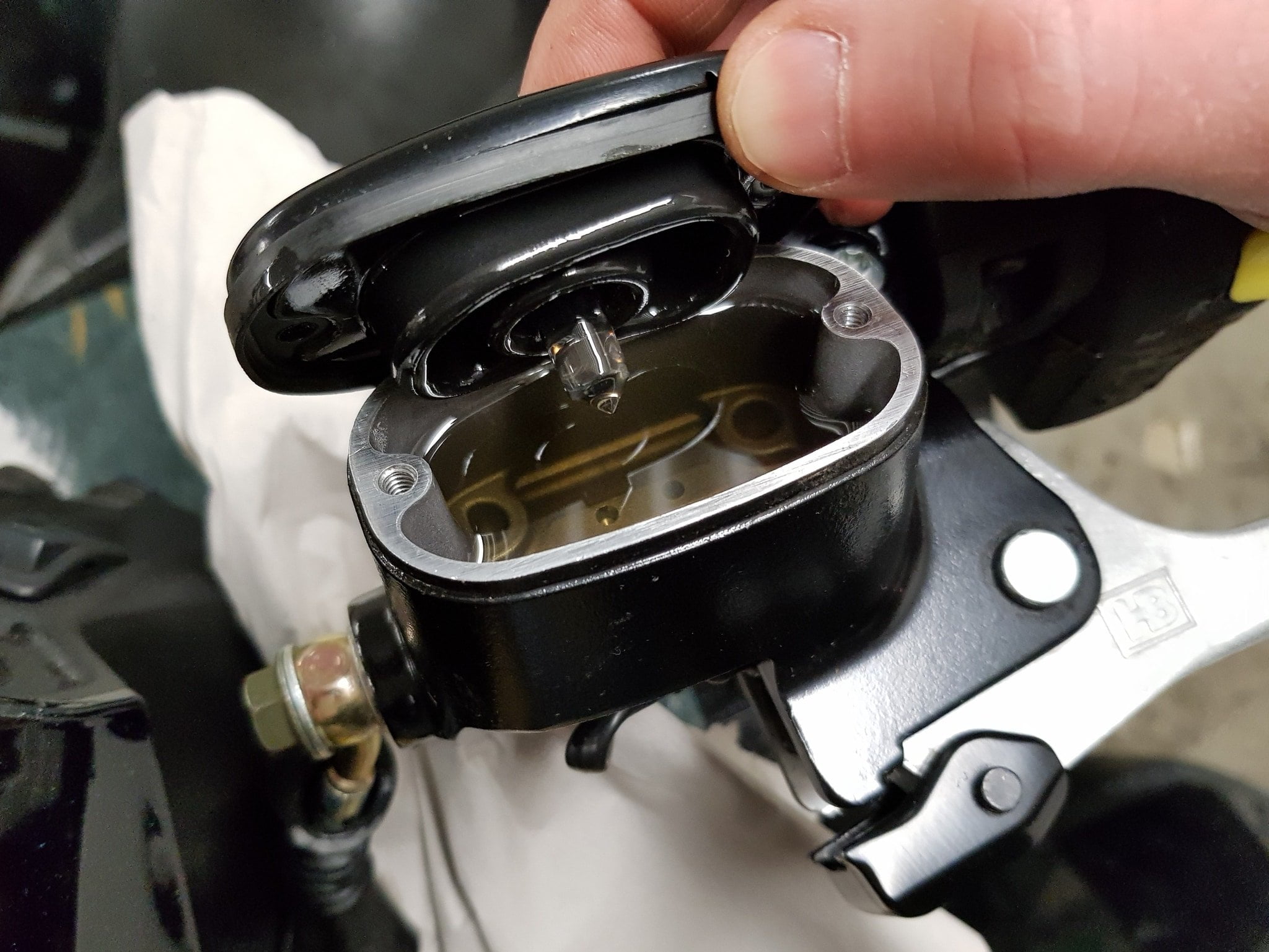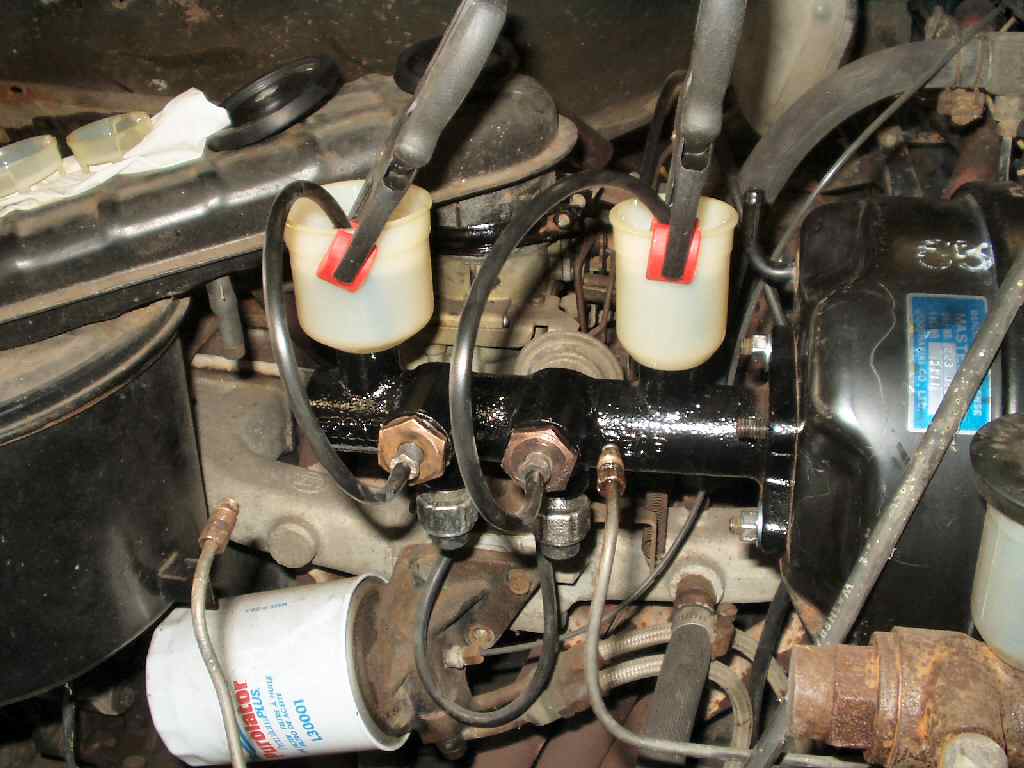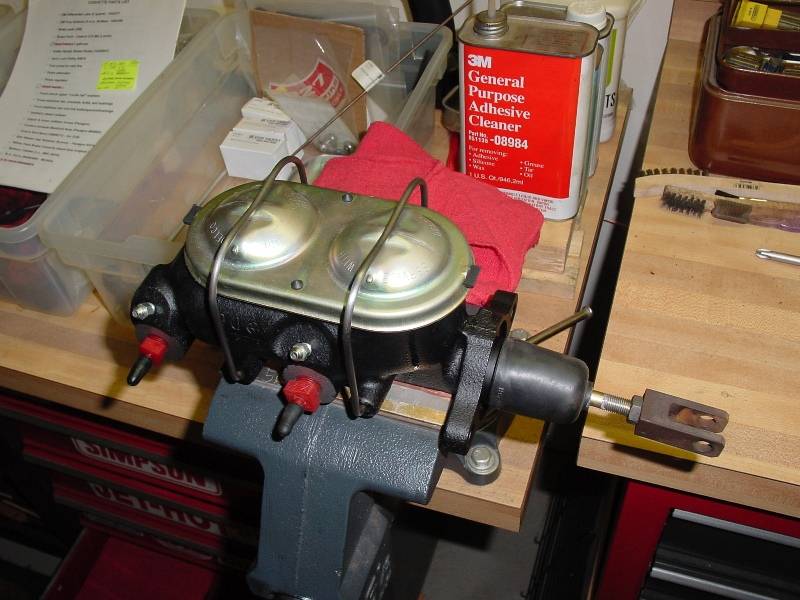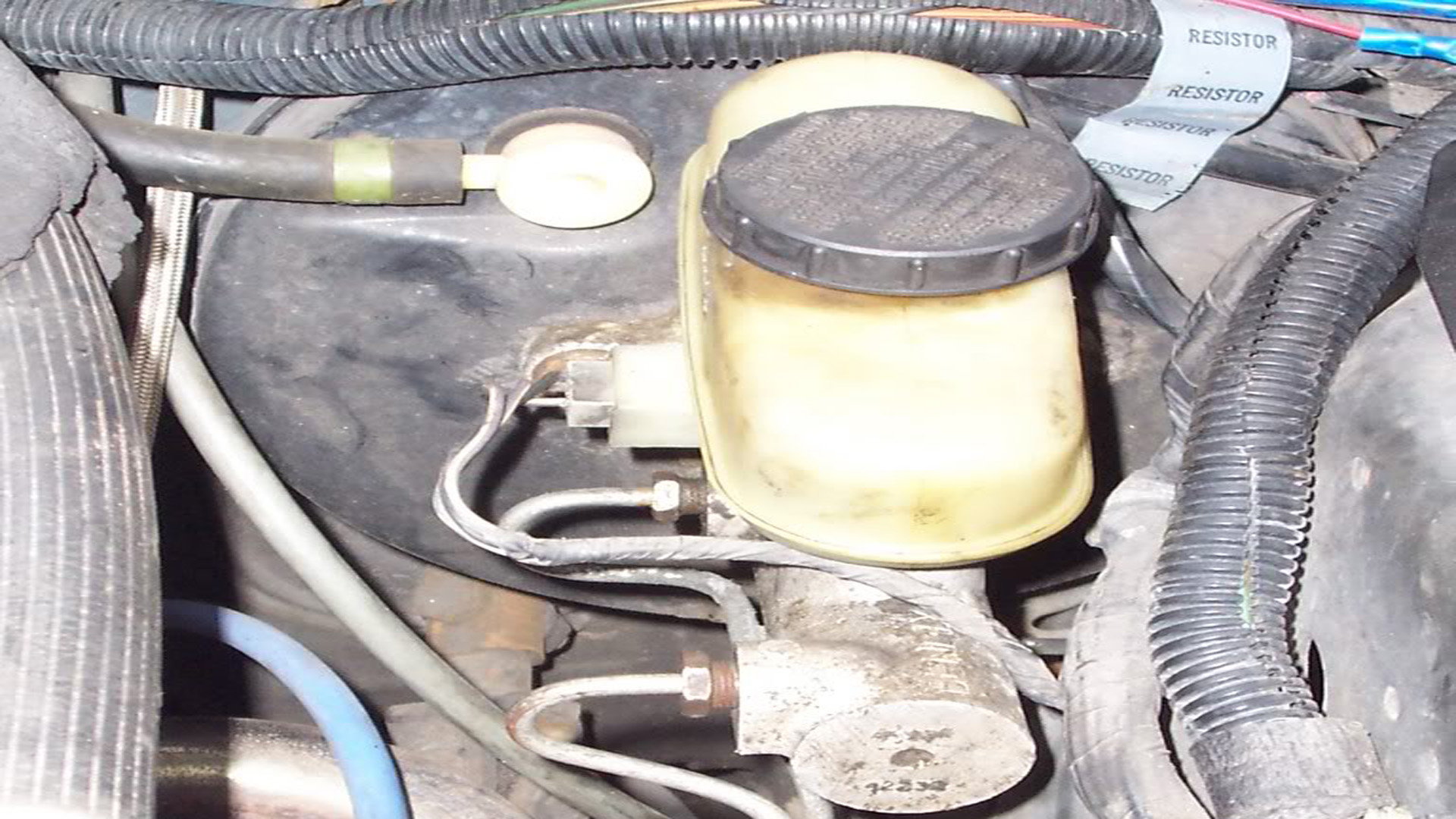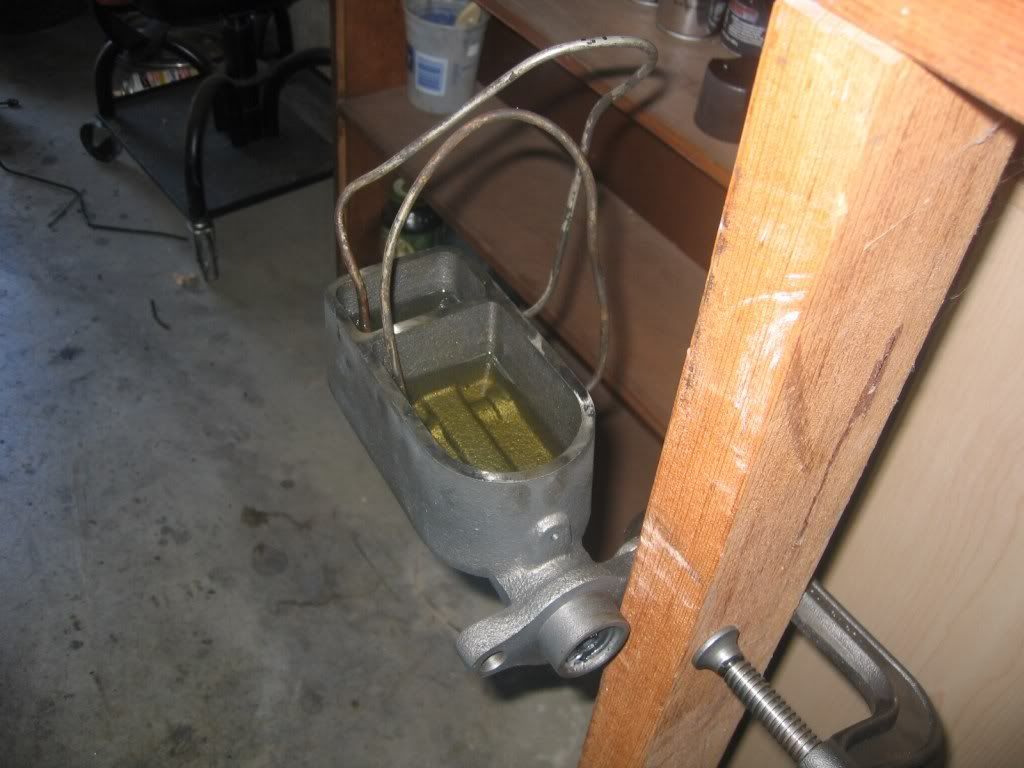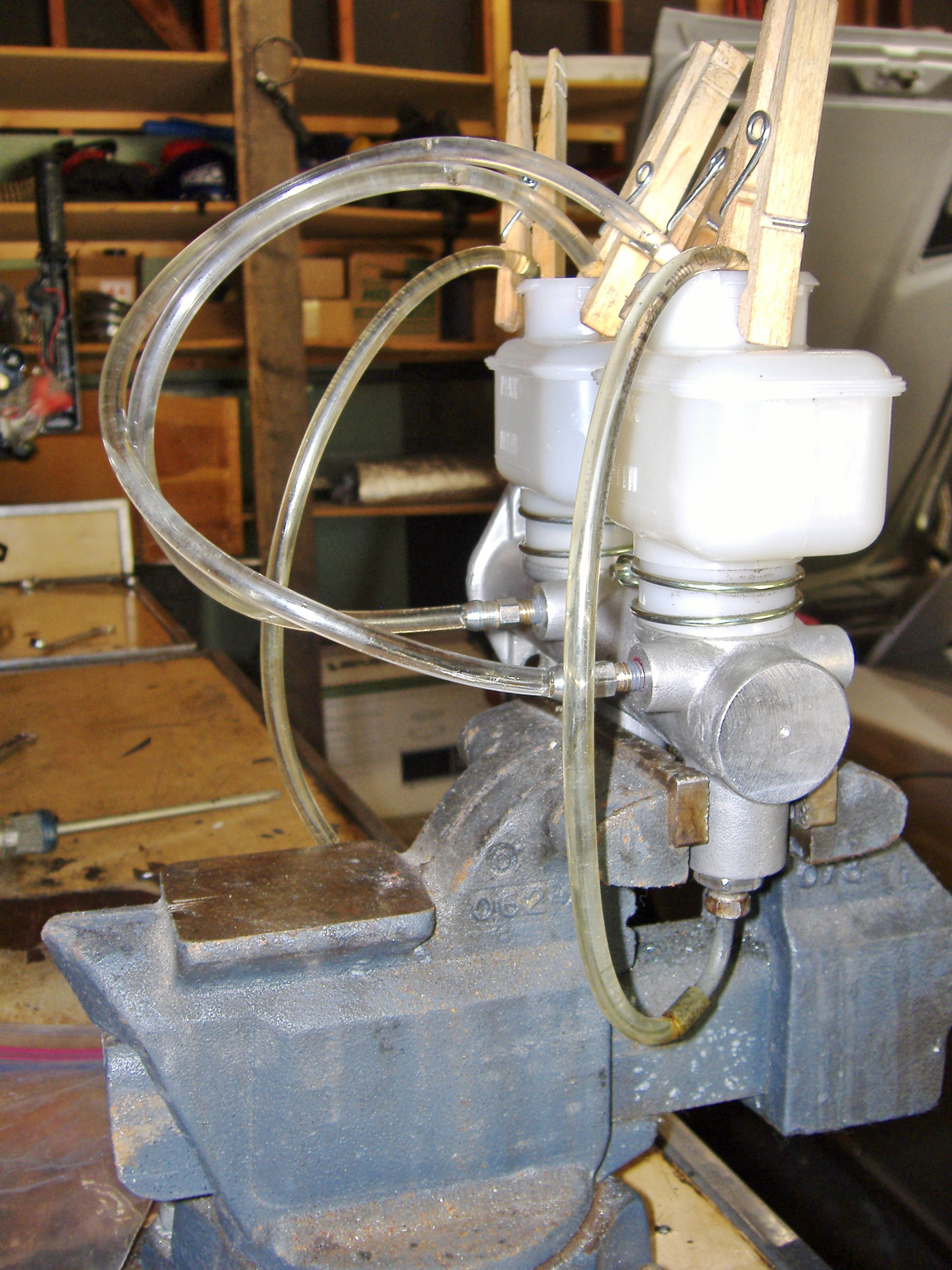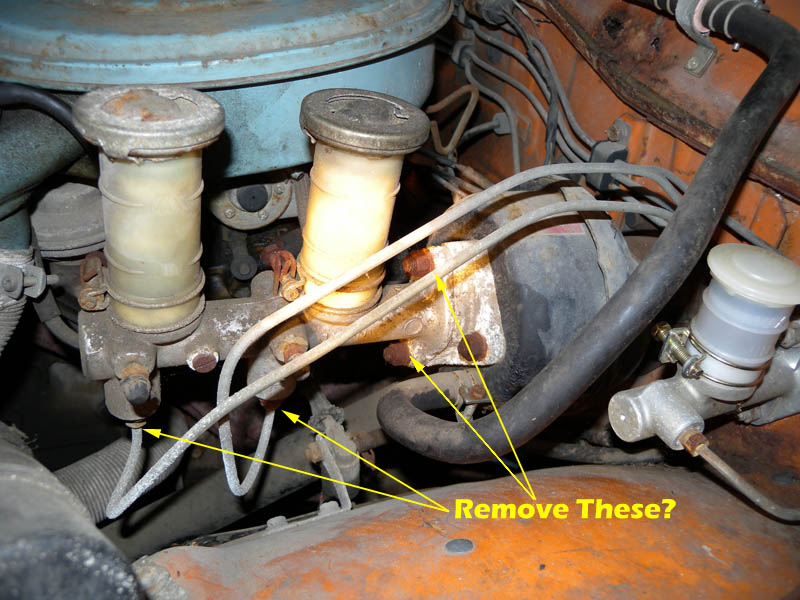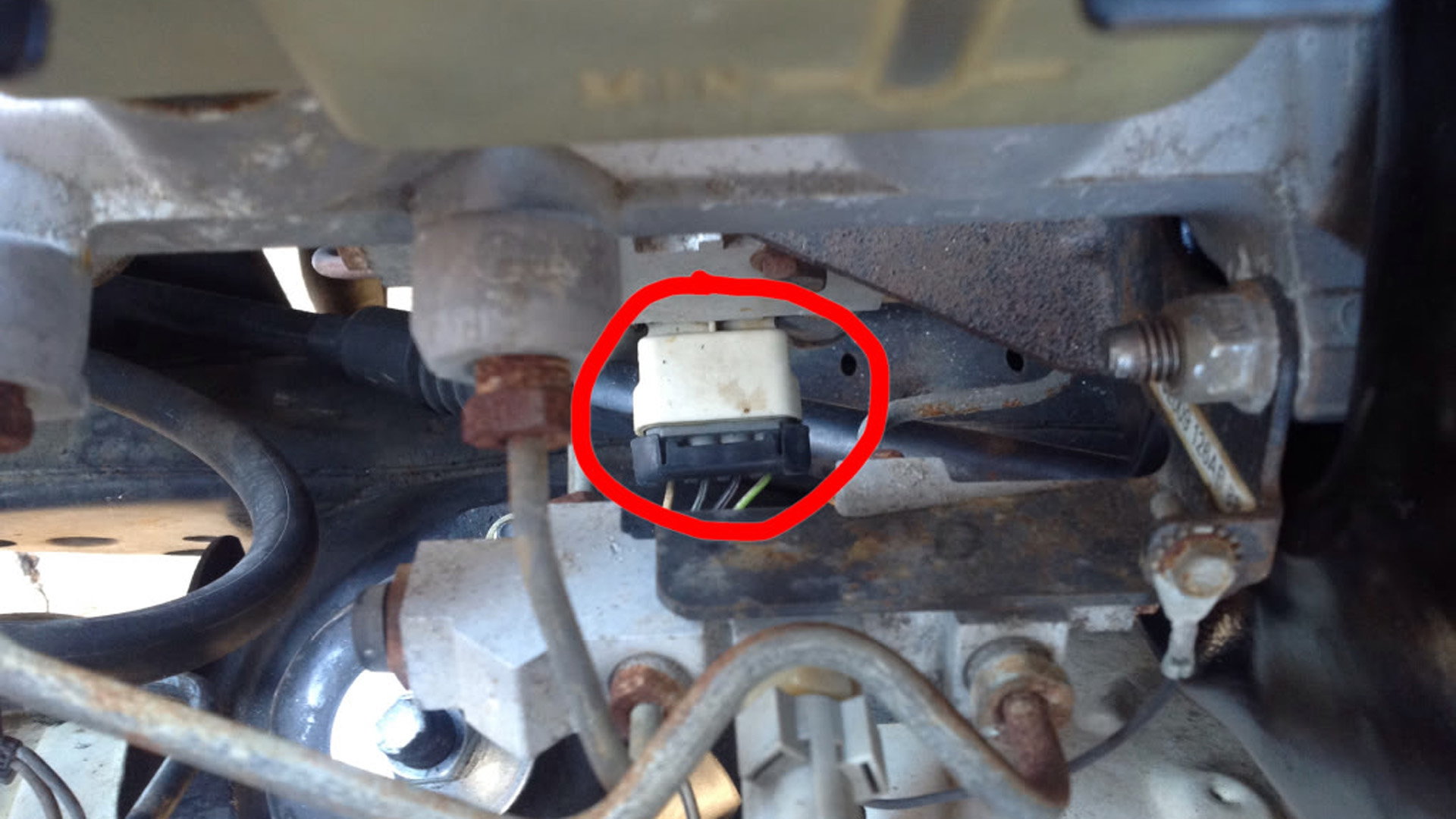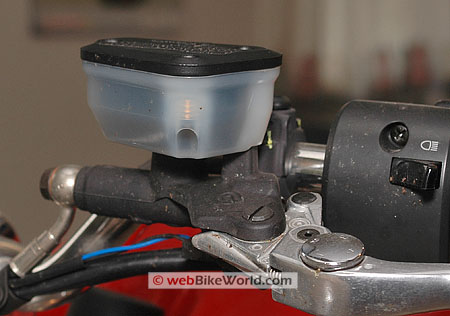Bench Bleeding Master Cylinder

You should bench bleed your master cylinder first then bleed on the car after installation.
Bench bleeding master cylinder. It s a process done before starting the process of bleeding the brakes on the rest of the vehicle. Harbor freight pittsburgh brake bleeder vacuum pump demo and review duration. Bench bleeding your master cylinder is a pretty straightforward process but can be tricky if not done correctly.
When bench bleeding doesn t go perfectly and some air is left in the master cylinder this is how you can get it out without trying to pump air into the entire system so you have to use so much fluid to get it out all the way out at the wheels. Master cylinders must be bench bled outside the vehicle and without any other components attached. This means that if a new master is equipped with a booster proportioning valve and plumb lines.
There s a way to avoid a drawn out brake bleeding session bench bleed your master cylinder. You can get bench. Bleeding a master cylinder is a very straightforward job but is critical to make sure your brake system is safe and free of air.
Bench bleeding the master cylinder duration. Bench bleeding is especially useful with new master cylinders. The problem with air is that it is compressible while the fluid that goes in your braking system is not.
Air bubbles in the brake lines will decrease the amount of force the brake pedal applies to the brake pad or shoe at each wheel. Bleeding the master cylinder and brake lines is the process of removing air from the hydraulic lines. It s a great way to get air out of the cylinder itself and begin your brake bleeding process quickly and easily.
Bench bleeding means that you are bleeding your master cylinder on your workbench removed from your car. Brake bleeding is one of the most important things you can do to ensure the proper operation of your brakes and the safe operation of your vehicle.



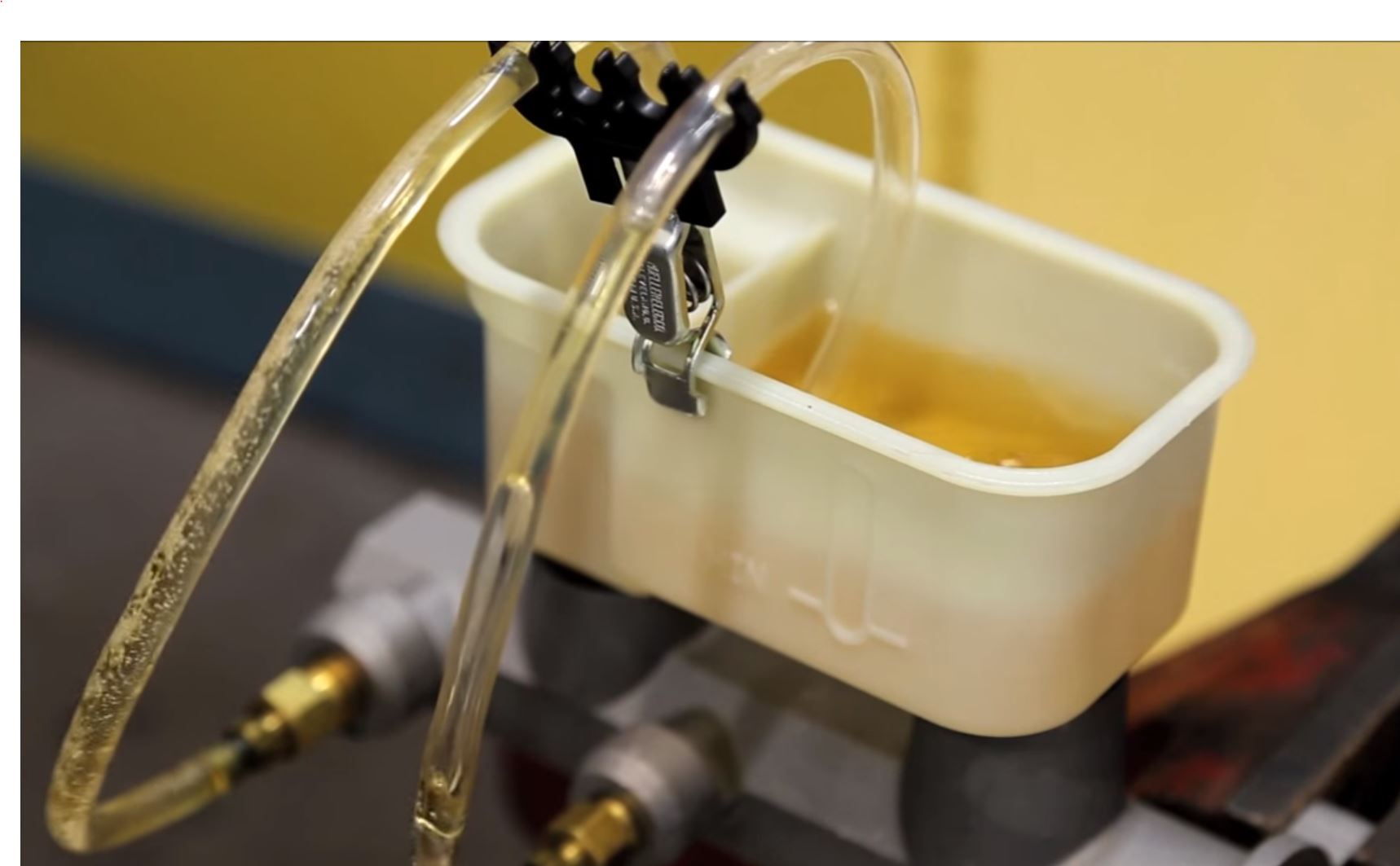
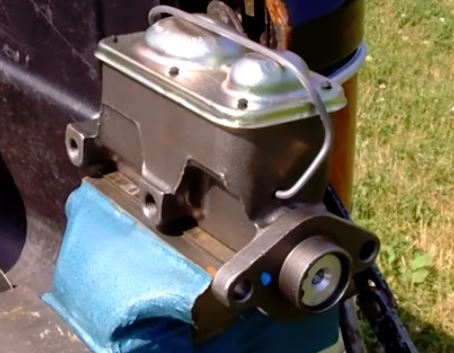


:max_bytes(150000):strip_icc()/bleeding-kit-installed-56a055673df78cafdaa1105e.jpg)

:max_bytes(150000):strip_icc()/rod-pushed-in-56a055675f9b58eba4afeb09.jpg)
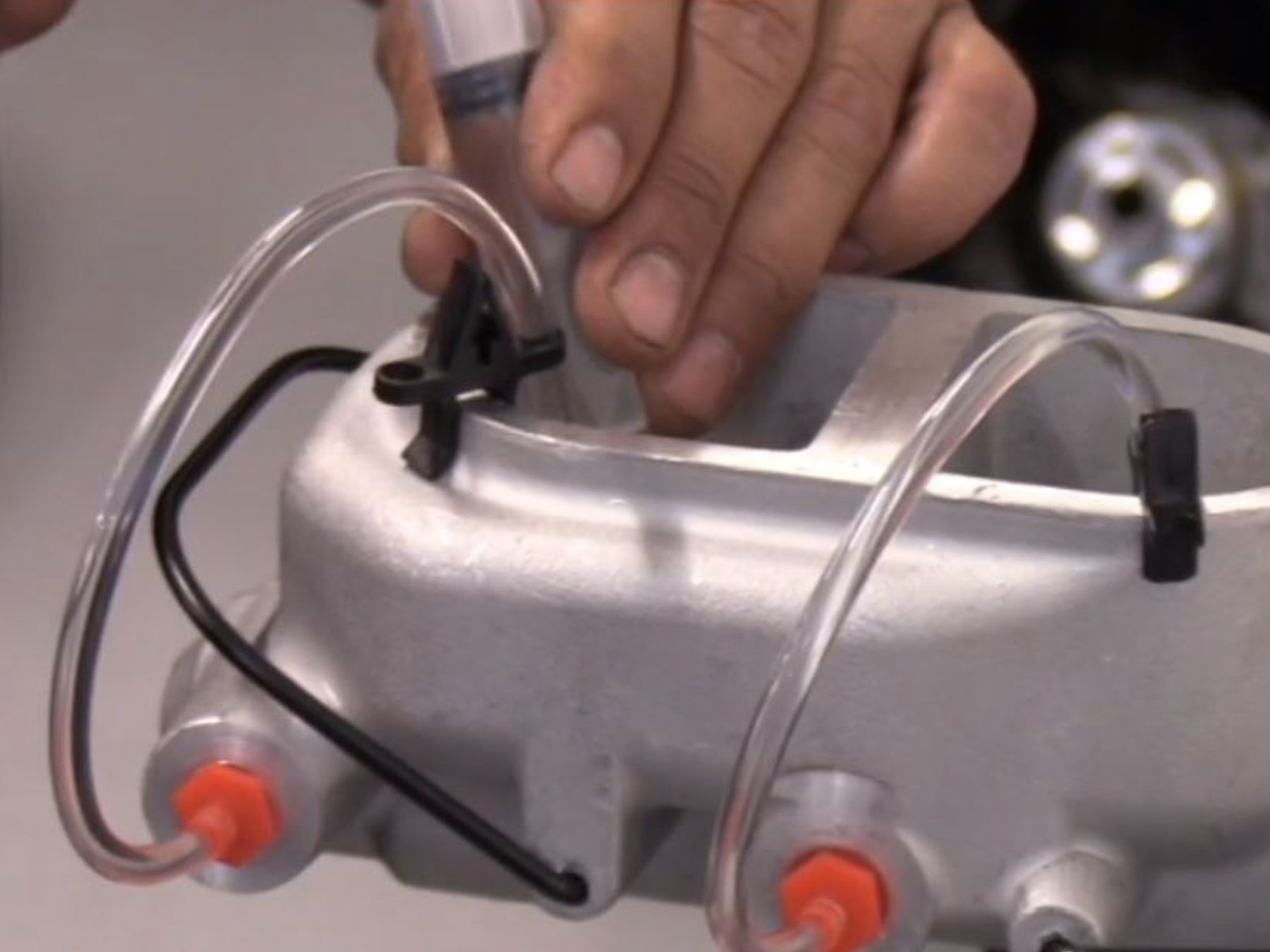







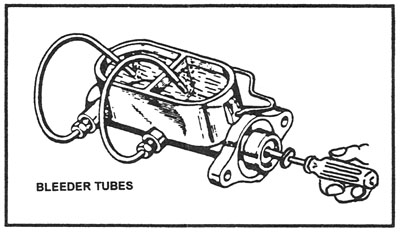
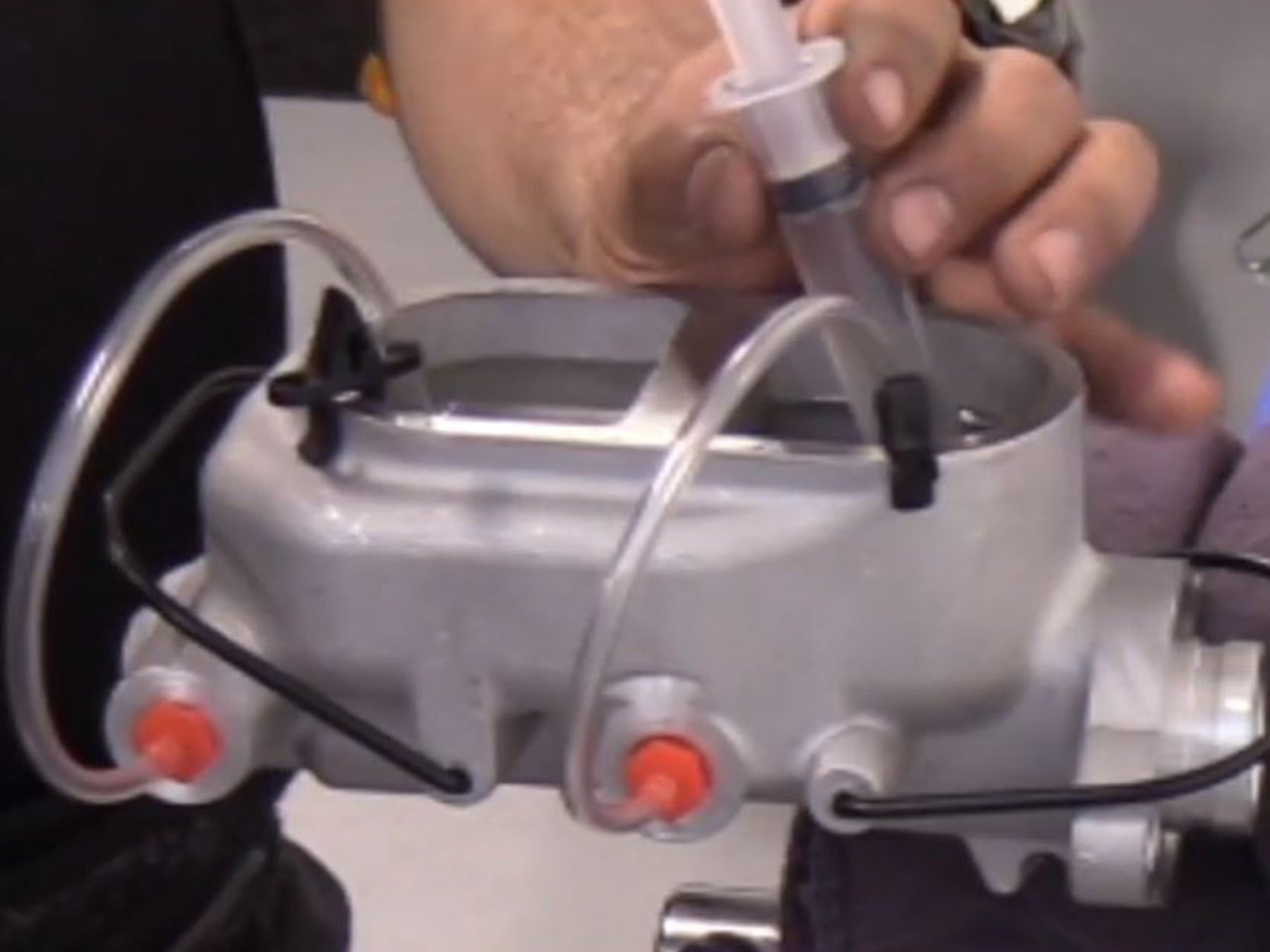



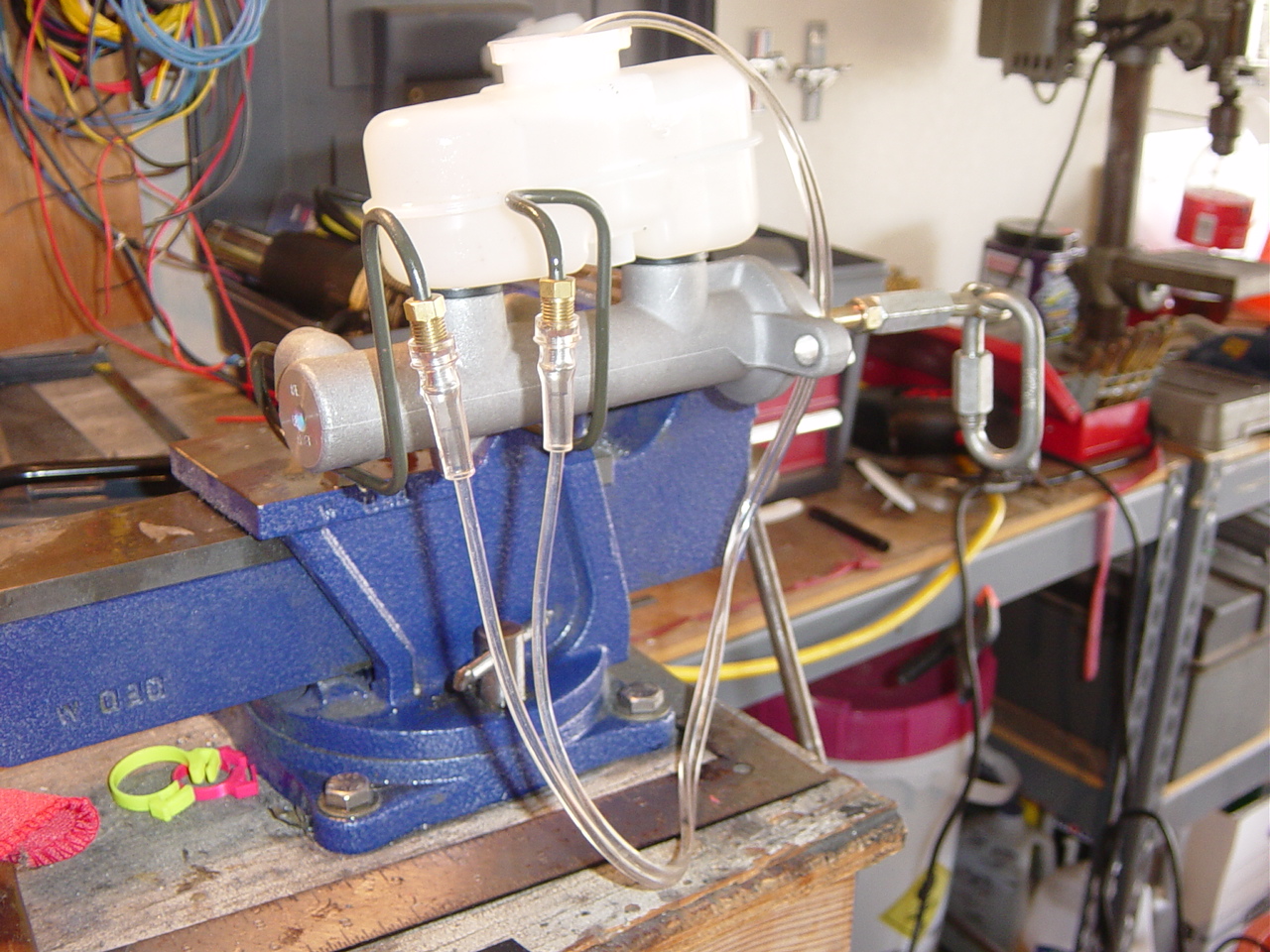
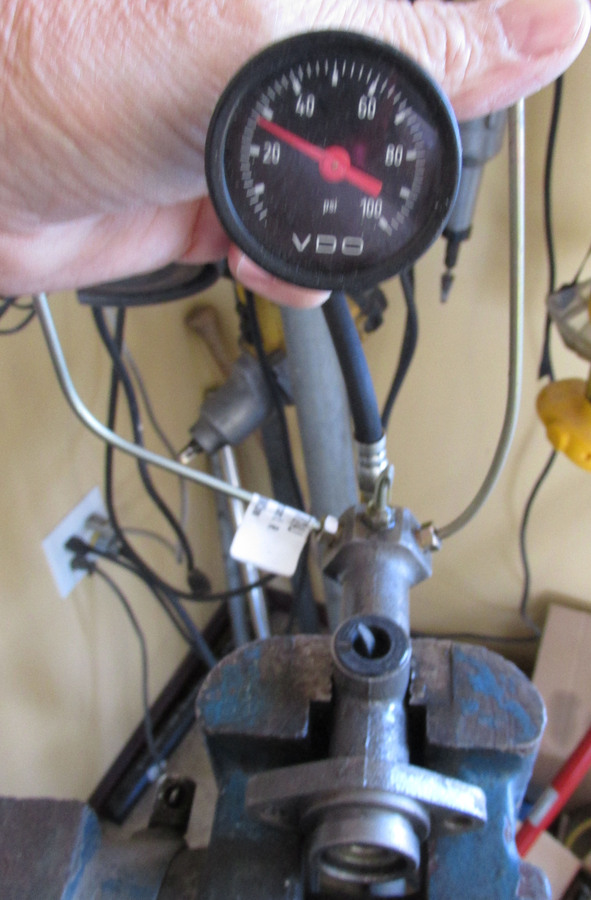






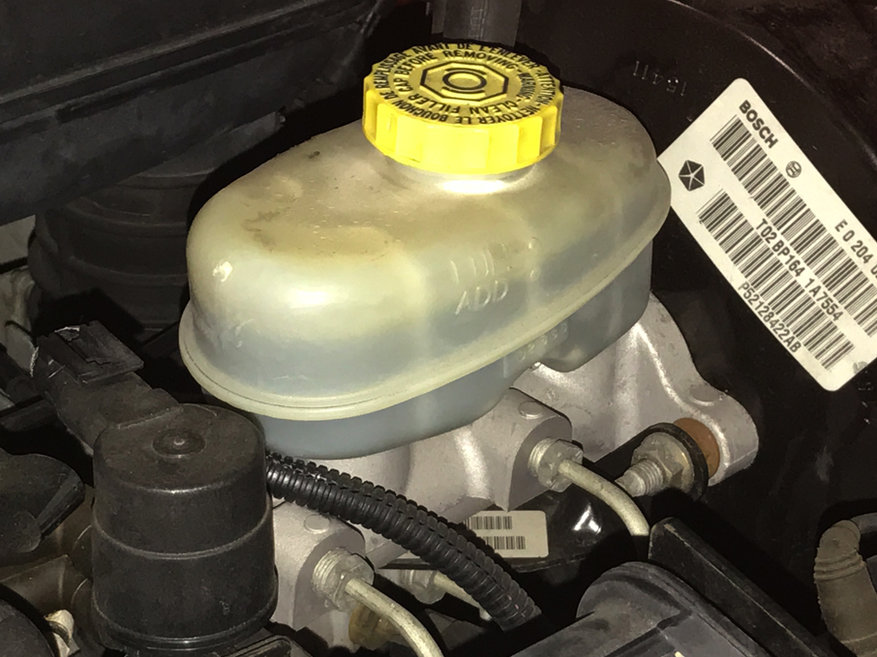

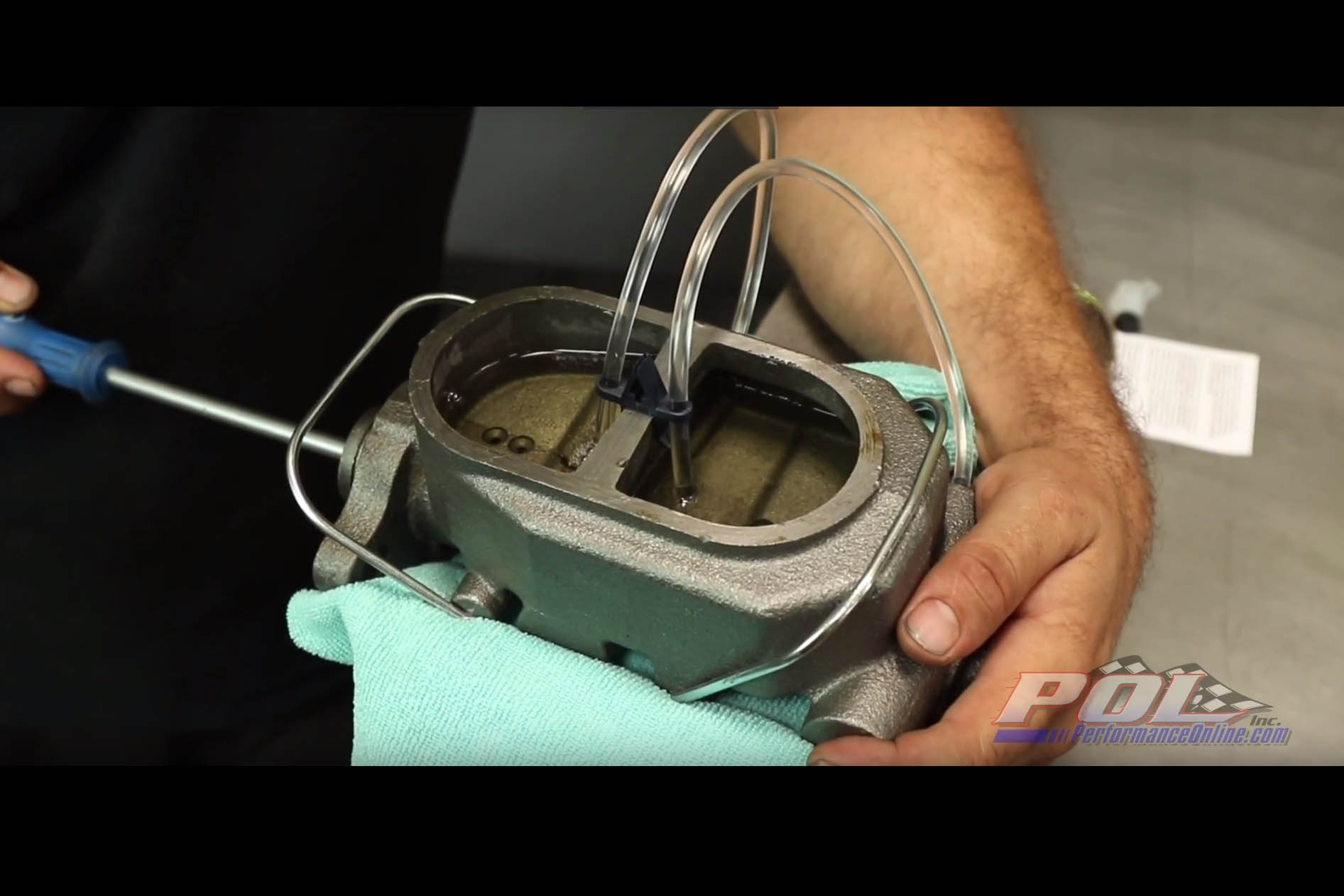
/MC-clamped-57acc0e73df78cf459e6f59f.jpg)

